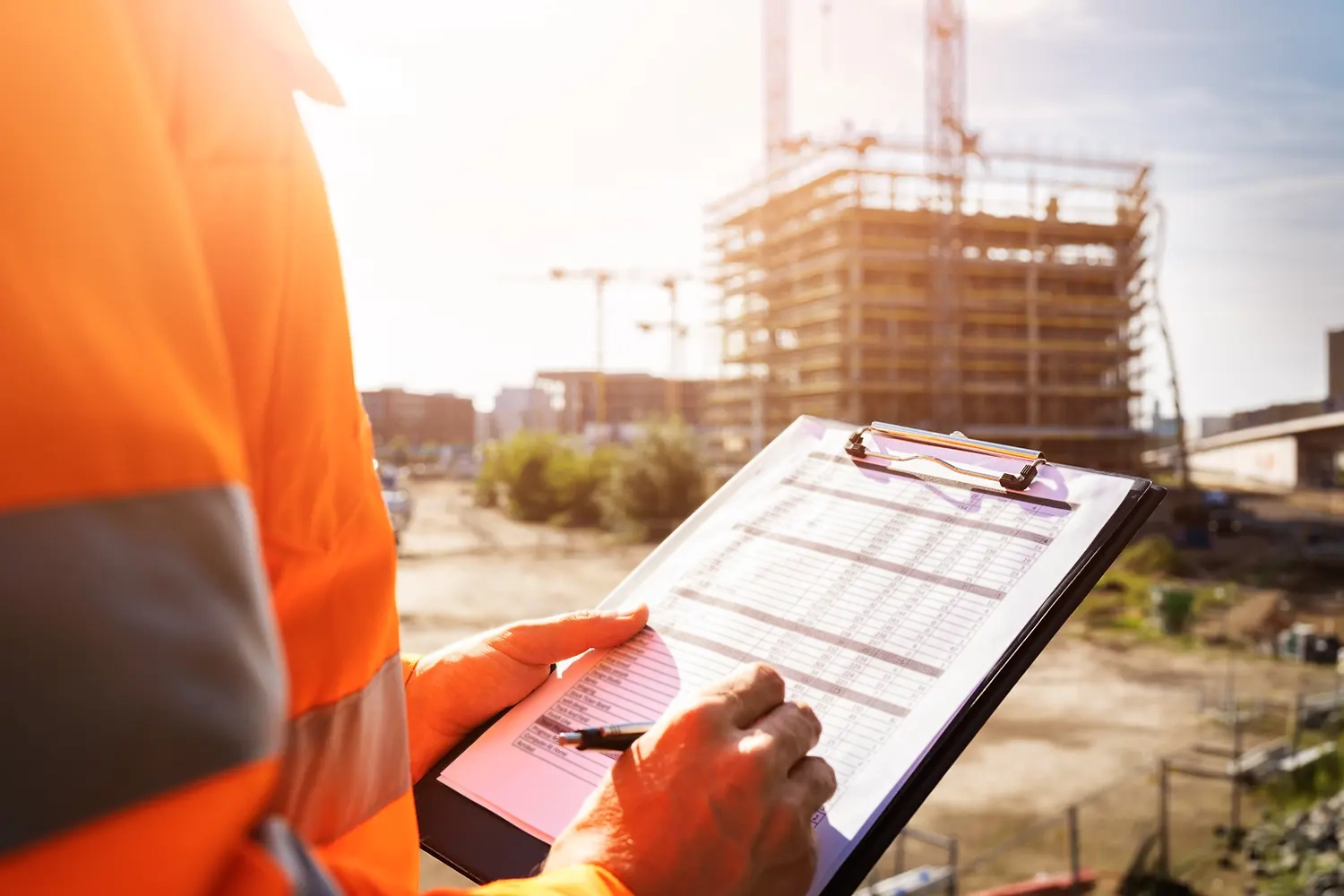Ensuring workplace safety is a top priority for any organization. Compliance with Occupational Safety and Health Administration (OSHA) regulations not only protects employees from harm but also safeguards a company’s reputation and bottom line. However, traditional methods of conducting safety inspections can be time-consuming, labor-intensive, and prone to human error. That’s where Conversational AI steps in to revolutionize the process.
Conversational AI represents a paradigm shift in how businesses interact with their data and systems. By leveraging natural language processing and machine learning algorithms, organizations can streamline OSHA safety inspections, making them more efficient, accurate, and insightful than ever before.
So, how exactly can Conversational AI transform the way safety inspections are conducted?
First and foremost, Conversational AI simplifies the inspection process by allowing inspectors to engage with the system using everyday language. Instead of filling out paper forms or navigating complex interfaces, inspectors can simply speak or type their observations, queries, and findings.
For example, imagine a safety inspector walking through a manufacturing facility. Instead of jotting down notes on a clipboard, the inspector can verbally report potential hazards, equipment malfunctions, or safety violations directly to a Conversational AI interface. The AI system can then process this information in real-time, flagging high-risk issues and alerting relevant stakeholders.
Moreover, Conversational AI enables inspectors to access critical information on-the-go, empowering them with instant access to safety protocols, regulatory guidelines, and historical inspection data. Whether they’re on the factory floor, in the field, or conducting remote inspections, inspectors can leverage Conversational AI to make informed decisions and take appropriate action.
But perhaps the most transformative aspect of Conversational AI in safety inspections is its ability to analyze data and provide actionable insights. By aggregating inspection data from across an organization, Conversational AI can identify trends, patterns, and areas of improvement in safety protocols and practices.
For instance, the AI system might detect a recurring safety issue in a particular department or identify a pattern of near-misses related to a specific piece of equipment. Armed with this insight, organizations can proactively address safety concerns, implement targeted interventions, and prevent accidents before they occur.
Furthermore, Conversational AI facilitates seamless collaboration and communication among stakeholders involved in the safety inspection process. Inspectors can easily share findings, coordinate corrective actions, and track the status of remediation efforts through the AI interface, fostering a culture of transparency and accountability across the organization.
Of course, adopting Conversational AI for safety inspections requires careful consideration of security and privacy concerns. Organizations must ensure that sensitive data is handled securely, with robust encryption, access controls, and compliance measures in place to protect employee confidentiality and regulatory compliance.
In conclusion, Conversational AI represents a game-changer for OSHA safety inspections, offering a more efficient, accurate, and insightful approach to ensuring workplace safety. By leveraging natural language interfaces, real-time data analysis, and seamless collaboration features, organizations can elevate their safety inspection processes to new heights. So why settle for outdated methods when you can harness the power of Conversational AI to keep your workplace safe and secure?



